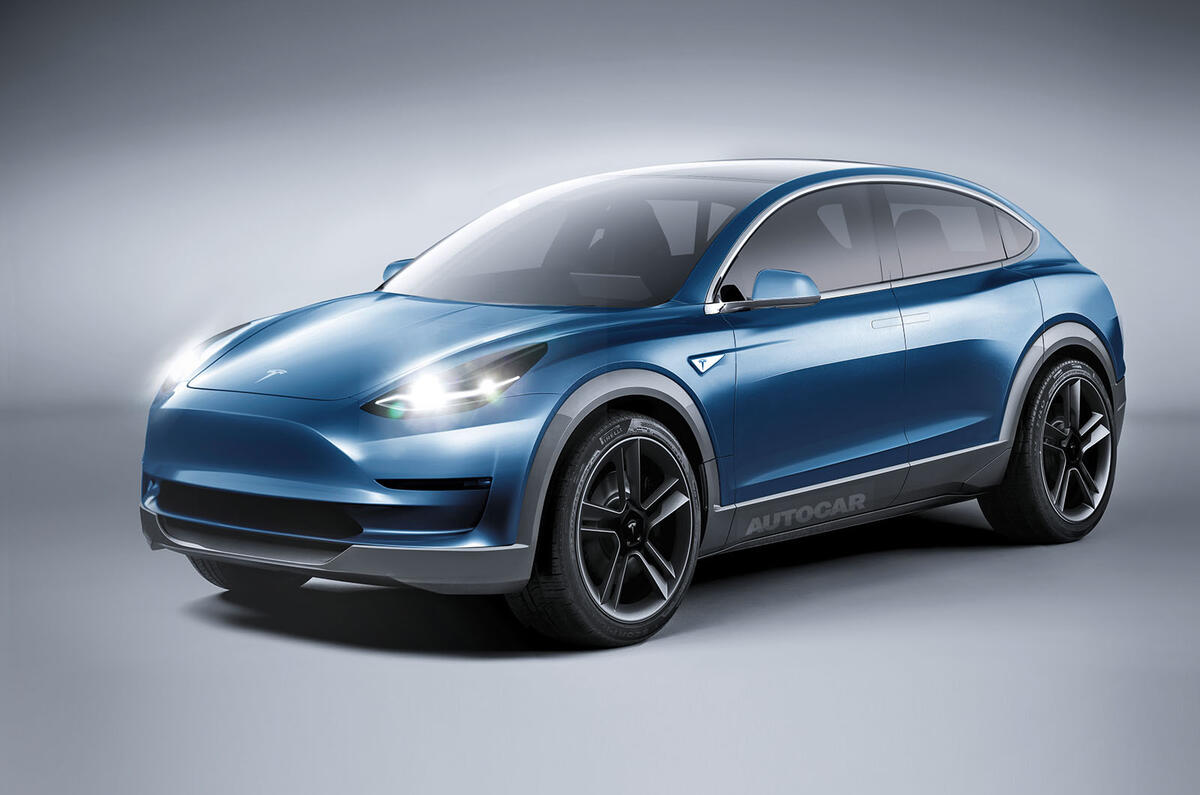Tesla Inc — newly renamed after nearly 13 years as Tesla Motors Inc — is on the verge of what it says will be a massive expansion of production, with two new models due to arrive in the next two years.
As well as the much-hyped compact Model 3, Tesla is also expected to launch a compact crossover based on the same platform. The rumoured Model Y will, like the Model 3, be far more affordable than Tesla’s current offerings.
The starting price of the Model 3 is likely to be around $37,000 (£30,000), with the Model Y expected to be slightly more expensive. However, Tesla founder Elon Musk thinks the transaction prices of the new compact Teslas will be rather higher, at around £34,000 for the Model 3 and perhaps £37,000 for the Model Y, because buyers will be keen to add cost options to their vehicles.
While the compact Model Y could turn out to be Tesla’s best seller – some seven million crossovers of all types were sold in the US last year – Musk recently tweeted that the Model 3 remained the biggest priority for the company.
The Model Y is unlikely to be unveiled until some time next year, with production set to follow late in the year. Little in the way of specification has been released, but it’s likely to have the same tophinged ‘falcon wing’ rear doors as the bigger Model X SUV.
The Model Y is also set to have the promised updated electrical architecture that will allow Tesla to offer full autonomous driving capability. Future Tesla cars will be equipped with as many as eight cameras, giving a 360deg view of the surrounding roadscape, as well as 12 ultrasonic sensors and an unspecified ‘new’ forward-facing radar that works in the worst conditions. Existing radar systems can be fooled by heavy rain and fog.
Musk also said the new electrical architecture has a brain that is as much as “40 times” more powerful than on previous Teslas, calling it a “supercomputer inside the car”. The cost of adding the fully autonomous driving technology to the Model 3 and Y is likely to be nearly £7000 for each customer. Even then, local regulations could prevent all of the autonomous features being used by all drivers.
Another challenge for the Model 3 and Y will be balancing their lower price against the need for a battery big enough to give an acceptable range.
The entry-level Model 3 may have a cheaper, sub-60kWh battery but will still need to have a range of at least 230 miles. The Model Y’s more bluff shape and greater frontal area might mean a bigger battery for the same range, and so a slight price premium.




Join the debate
Add your comment
They updated the design layout
It's going to be a truck themede electric vehicle, quite an interesting move...
Power stations virtually go
@Sonic